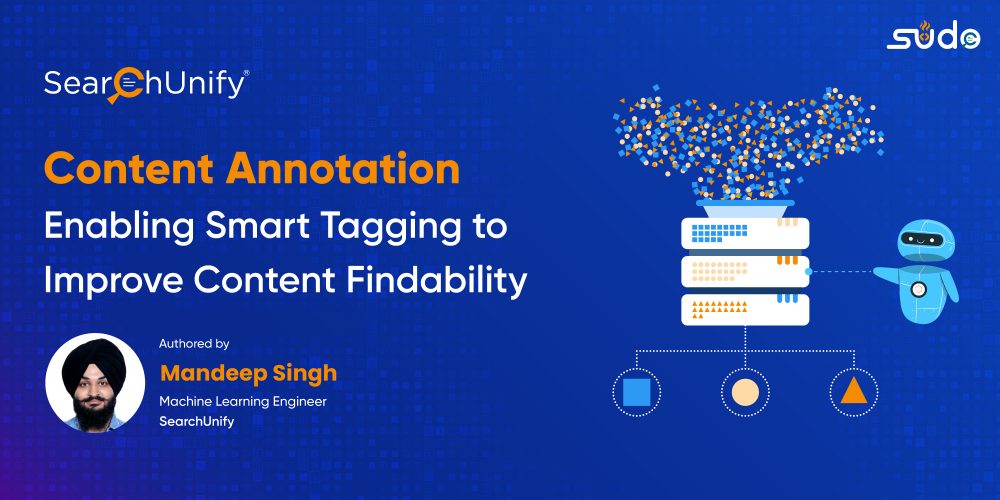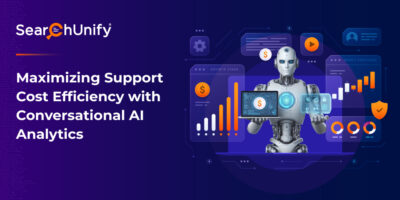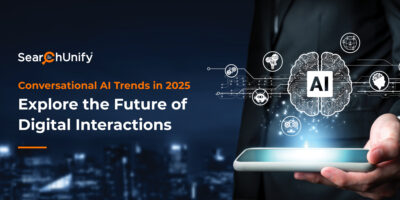
Capable of performing superhuman feats, artificial intelligence (AI) drives a lot of key decisions in the tech industry today. However, it needs a guiding hand at every step to train it better, especially when data is humongous and unstructured in the form of text, video, audio, web server logs, and social media.
This data can often lead to poor content findability, irrelevant recommendations, and inconsistent nomenclature. Also, in the absence of high-quality datasets, AI-based decision-making runs the risk of courting catastrophes.
Enter Content Annotation! If you haven’t heard of it before, now is the time to get down to brass tacks with this blog post.
But, first things first, who will benefit from this blog post?
- If you’re an entrepreneur or solopreneur who crunches a lot of data daily, this is for you
- Anyone who is just getting started with process optimization techniques or who is interested in AI and machine learning
- AI module or AI-driven product managers and data scientists who seek a faster time-to-market
- Tech enthusiasts who enjoy digging into the complexities involved in AI processes
Content Annotation: The Driving Force Behind Conversational Prowess
Content annotation is the process of categorizing and labeling the data on various modalities like text, video, image, etc. with descriptions or information to ensure AI/ML models can comprehend them. Doing so makes content more searchable, discoverable, and meaningful to users and machines, thus leading to bolstered customer experience, low cost, improved scalability, and a lot more.
Hence the maxim “higher the annotated data, the better the performance of AI-ML algorithms.” The research also shows similar nuances wherein 1 billion USD spent on data annotation tools in 2021, are expected to exceed up to 30 billion dollars by 2028.
But, the question is why content annotation?
Let’s consider an example – “They were rocking!”
This particular statement will be comprehended differently by humans and a Natural Language Processing (NLP) model. For an advanced outlook and to suggest inclusive solutions, the NLP model needs to be trained further, which is seldom the case.
This is where annotating content proves to be a critical enabler in precisely determining the intent of the statement, delivering relevant results, and safeguarding the user from content discovery issues.
Configure High-Value Content with Cognitive Tech
It is clear that cognitive technology can help refine the content annotation process by auto-classifying and labeling all the data. Once trained, the AI algorithm can detect problems, capture similar patterns, and suggest relevant solutions to data scientists and support agents.
Here’s how you can leverage SearchUnify’s content annotation approach to enable smart tagging for improved content findability:
1. Ingest and Define
The process of ingesting and defining content involves integrating data from various sources with 55+ native connectors and setting up rules and entity definitions to enable effective processing and analysis of that data. For example, if the data is related to e-commerce products, entities might include product names, descriptions, prices, and other attributes. Similarly, rules can be based on various criteria such as entity type, keyword matching, historical data analysis, etc. This is carried out using:
-
Taxonomy – where the admin can add Entities and Values using a controlled vocabulary, to refactor information.Named Entity Recognition (NER) – a layer built on taxonomy, to achieve intelligent faceting. It helps improve search results by automatically identifying words or sentences within a query mentioning the concerned entities. The titles are then matched against an annotation-tagged database and the documents comprising tagged entities are retrieved.
This results in less yet highly relevant results that save you from scouting endless SERPs using synonyms, contextual tagging, or any other means (since NER works on all of them).
2. Analyze and Process
The next step involves analyzing and processing tagged and labeled text data to improve NLP capabilities. This may involve setting up a batch processing system that can handle large volumes of data and identify a plethora of synonyms. It then iterates over these batches to identify patterns and relationships between entities. And the final results of each batch of processed data are then used to refine and improve the algorithms used for future analysis.
3. Deliver
The final stage of the content annotation process is delivering the results, which involves selecting the most appropriate rules and applying them to enhance document retrieval. This is done using NER which understands the context of the query and intelligently filters the relevant results. In addition, if an admin misses a particular classification, the search solution will automatically add the nested category which helps improve the accuracy, relevance of search results, and exalt user experience.
We have further paced up the process of content annotation in our latest release Mamba ‘23 by designing an ML Workbench–to decipher what goes under the hood of our ML algorithms. Click to learn more about it!
Final Thoughts on Content Annotation
As showcased, content annotation is a critical precursor to machine learning algorithms and has played an important role in the creation of innovative applications. But, it’s often under-utilized even though its demand has grown exponentially. SearchUnify auto-tags and performs taxonomy to render inch-perfect results every time.
Request a Free Trial to experience how this feature can help you improve search outcomes!










